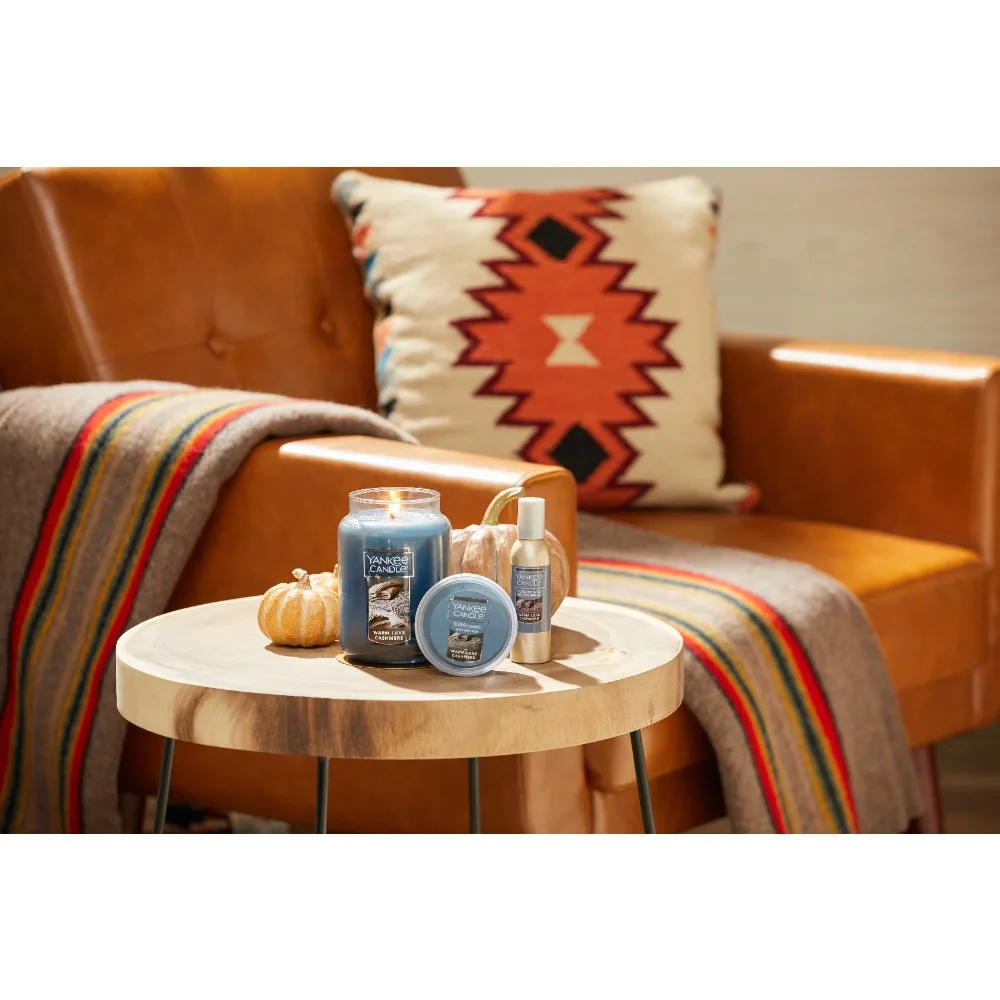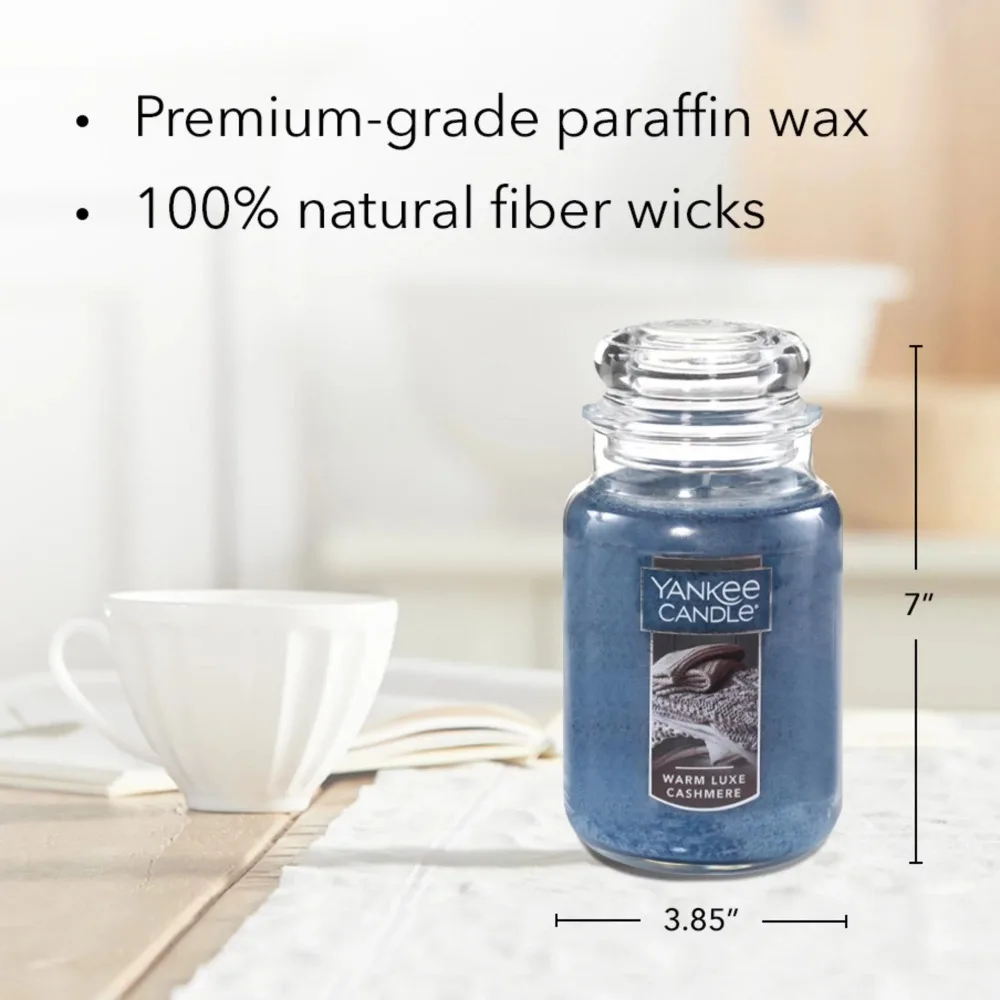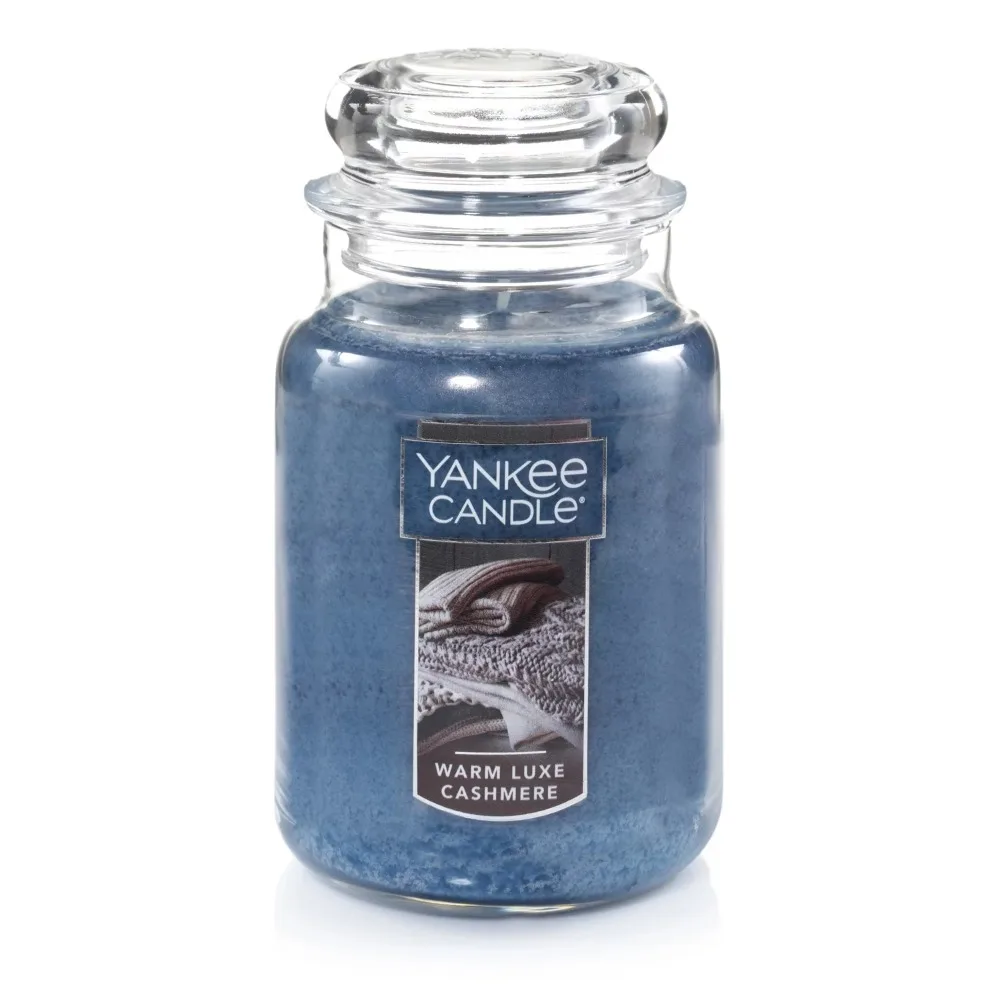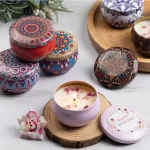Candles have been a beloved addition to homes for centuries, providing ambiance, fragrance, and a touch of elegance. Among the many candle brands available, Yankee Candle stands out for its wide array of scents and long burn times. However, concerns have emerged about the safety of burning candles, particularly regarding potential toxicity. In this article, we will delve into the safety of Yankee Candles, examining their ingredients and addressing concerns about their potential health impacts.
Overview of Yankee Candle Ingredients
The Basics of Candle Composition
Yankee Candles are primarily composed of wax, fragrance oils, and wicks. The type of wax used in these candles can vary, with paraffin, soy, and a blend of these materials being common. Paraffin wax, derived from petroleum, is a popular choice due to its burn quality and cost-effectiveness. Soy wax, on the other hand, is a plant-based alternative that appeals to those seeking a more natural product. The choice of wax can influence the candle’s burning characteristics and emission profile.
Fragrance Oils: What’s Inside?
The fragrances used in Yankee Candles are a blend of natural and synthetic oils. These oils are responsible for the pleasant scents that fill the room when the candle is burned. While natural essential oils are derived from plant sources and are generally considered safe, synthetic fragrances can sometimes include chemicals that may raise concerns. Understanding the composition of these fragrance oils is crucial for assessing the potential risks associated with candle use.

Paraffin Wax and Its Potential Risks
The Nature of Paraffin Wax
Paraffin wax is a byproduct of petroleum refining and is commonly used in candle making due to its low cost and desirable burning properties. It has been criticized for its potential health risks, as burning paraffin candles can release volatile organic compounds (VOCs) into the air. These compounds can include substances like toluene and benzene, which are known for their potential to contribute to indoor air pollution.
Health Concerns Related to Paraffin
Research on the health effects of paraffin wax is ongoing, but some studies suggest that burning paraffin candles can produce harmful emissions. Inhaling VOCs released from paraffin wax may pose risks, particularly for individuals with respiratory conditions or sensitivities. To mitigate these risks, it’s advisable to ensure proper ventilation when burning paraffin candles and to consider alternatives such as soy or beeswax candles.
Soy Wax: A Safer Alternative?
Advantages of Soy Wax
Soy wax is derived from soybean oil and is often marketed as a more environmentally friendly and safer alternative to paraffin wax. It burns cleaner, producing less soot and fewer VOCs compared to paraffin. Soy wax candles are also biodegradable, making them a more sustainable choice. For those concerned about the environmental impact and potential health risks of paraffin, soy wax presents a compelling option.
Potential Drawbacks of Soy Wax
Despite its advantages, soy wax is not without its own issues. The quality of soy wax can vary, and some products may be blended with paraffin or other additives, which can negate some of its benefits. Additionally, soy wax candles can sometimes emit trace amounts of VOCs, though typically at lower levels than paraffin candles. It’s important to check product labels and choose high-quality soy wax candles to ensure they meet safety standards.
The Role of Fragrance Oils in Candle Safety
Understanding Fragrance Oil Composition
Fragrance oils in candles can be either synthetic or natural. Synthetic fragrances are created in laboratories and can include a range of chemical compounds. Some of these chemicals have been associated with potential health risks, such as respiratory irritation or allergic reactions. Natural fragrances, derived from essential oils, generally pose fewer risks but can still cause sensitivities in some individuals.
Managing Fragrance-Related Concerns
To minimize health risks associated with fragrance oils, opt for candles labeled as free from phthalates and other harmful chemicals. Phthalates are commonly used to stabilize fragrance oils but have been linked to various health concerns. Choosing candles with clearly listed ingredients and those from reputable manufacturers can help ensure that the fragrances used are safer for indoor air quality.

Wick Materials and Safety
Common Wick Types
Wicks in Yankee Candles are typically made from cotton or a blend of cotton and other materials. Some wicks are coated with metals like zinc or lead to help them stay upright and burn evenly. However, many candle manufacturers have moved away from metal-core wicks due to concerns about potential health risks. Modern wicks are designed to burn cleanly and efficiently without releasing harmful substances.
Potential Risks of Metal-Core Wicks
Wicks with metal cores, particularly those made of lead, were once common but have largely been phased out in favor of safer alternatives. Lead in wicks can release toxic fumes when burned, contributing to indoor air pollution. To avoid these risks, choose candles with wicks made from natural fibers or those explicitly labeled as lead-free. Checking product specifications and opting for reputable brands can help ensure wick safety.
Evaluating Health Risks: What Does the Research Say?
Scientific Studies on Candle Emissions
Research on candle emissions and their potential health effects is ongoing. Studies have shown that candles can release various compounds, including VOCs, particulate matter, and other byproducts of combustion. While paraffin candles are often scrutinized for their emissions, research indicates that even natural wax candles can produce small amounts of pollutants. The key is to balance enjoyment with safety by ensuring proper ventilation and moderation.
Expert Recommendations for Safe Candle Use
Experts recommend several practices to minimize health risks associated with candle use. These include burning candles in well-ventilated areas, avoiding excessive candle use, and choosing high-quality products with non-toxic ingredients. Regularly trimming candle wicks to prevent excessive soot and avoiding candles with poorly defined ingredients are also important steps in maintaining a safe indoor environment.
Eco-Friendly and Non-Toxic Candle Alternatives
Exploring Beeswax Candles
Beeswax candles are another alternative to paraffin and soy wax. Made from the natural wax produced by bees, these candles burn cleanly and emit negative ions that may help purify the air. Beeswax candles are also free from synthetic fragrances and dyes, making them a highly sustainable and non-toxic option. They tend to be more expensive than paraffin or soy candles but offer a natural and eco-friendly choice.
Other Sustainable Candle Options
In addition to beeswax, other eco-friendly options include candles made from palm wax or coconut wax. Palm wax, derived from palm oil, offers a clean burn and can be sustainably sourced when certified by organizations like the Rainforest Alliance. Coconut wax, a byproduct of coconut oil, is another natural option that burns slowly and cleanly. As with any candle, checking for certification and ingredient transparency is crucial for ensuring safety and sustainability.

Conclusion: Making Informed Choices
Weighing the Risks and Benefits
When choosing candles, it’s important to weigh the potential risks against the benefits. Yankee Candles, like many other brands, offer a range of products with varying ingredients. While concerns about paraffin wax and synthetic fragrances exist, opting for candles made from safer materials, ensuring proper ventilation, and practicing moderation can help mitigate potential risks.
Final Recommendations for Safe Candle Use
To enjoy candles safely, select products from reputable brands, prefer those with natural or eco-friendly ingredients, and ensure proper ventilation during use. Regularly trimming wicks and avoiding candles with unclear ingredient lists will also contribute to a healthier indoor environment. By making informed choices and following safety recommendations, you can continue to enjoy the ambiance and fragrance of candles while minimizing potential health risks.

